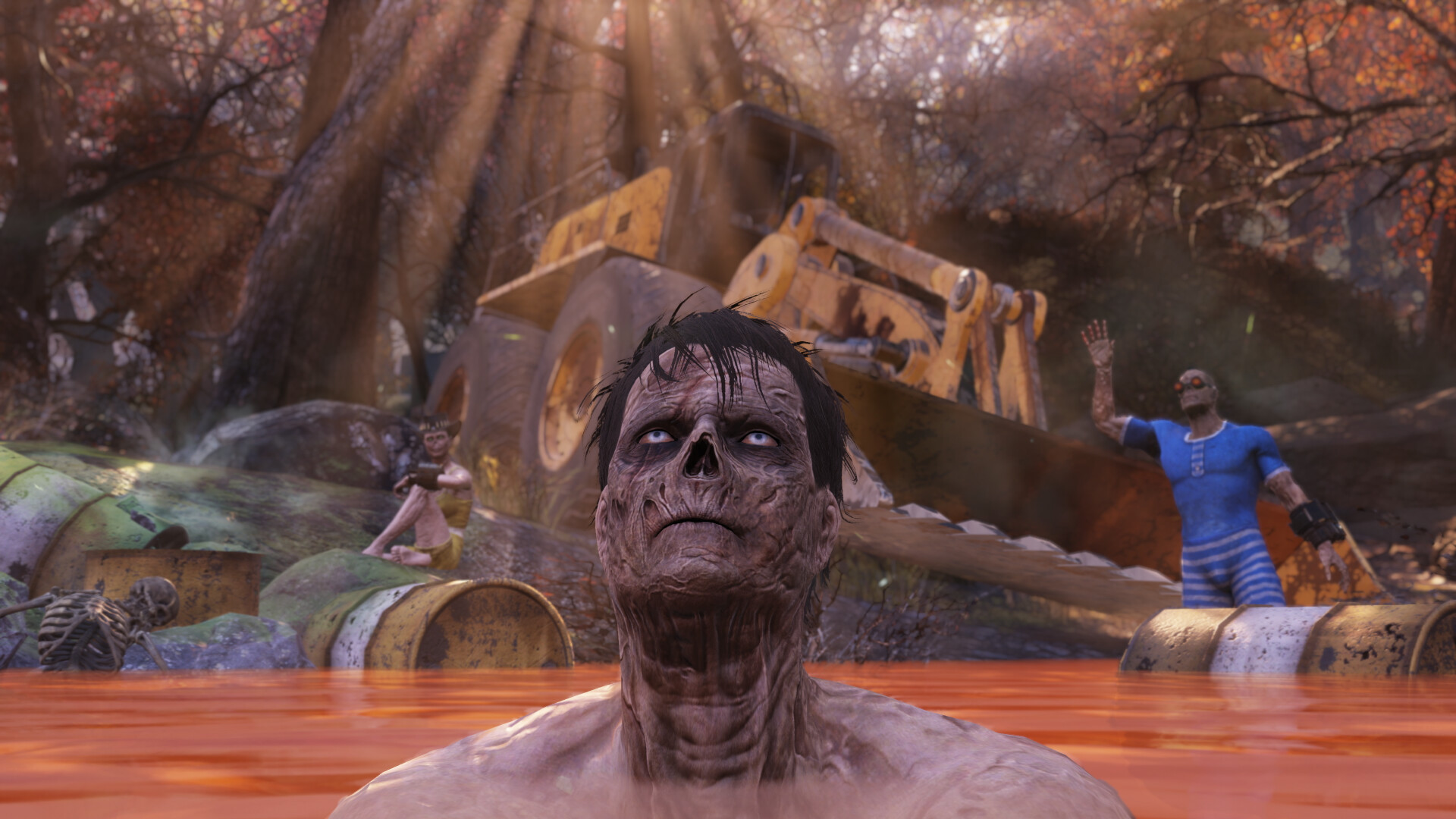
When Fallout 76 was hated, Jeff Gardiner—the man responsible for eventually turning it around—felt more than a little déjà vu.
"It reminded me a lot of Fallout 3," he says. "We made a decision that was controversial, and we thought it was for the best of the game. We got buy-in from everyone, we executed on it. It proved to be the incorrect decision."
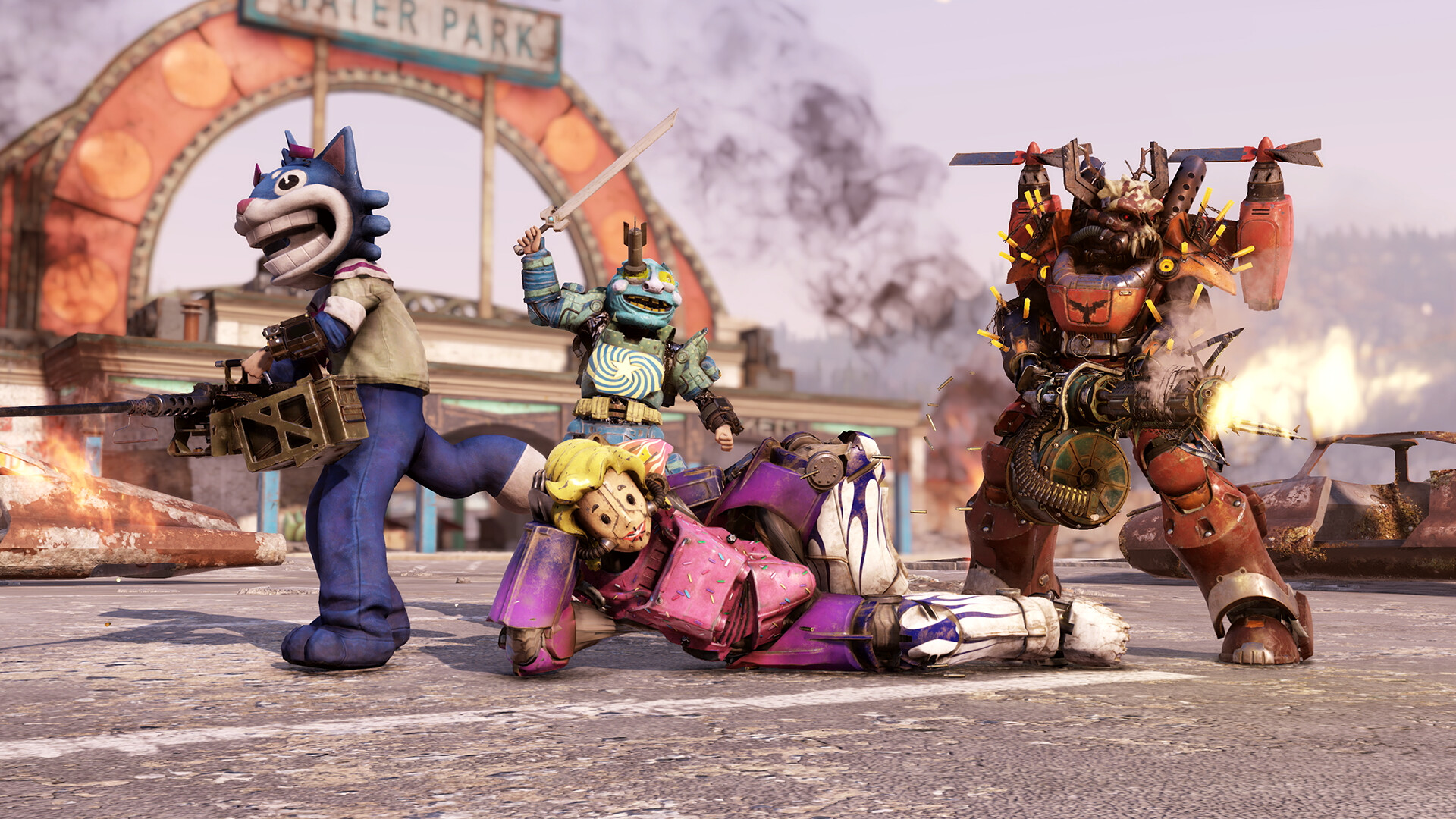
You likely don't even remember the Fallout 3 debacle Gardiner's referring to, so thorough and decisive was Bethesda's course correction at the time. But back in 2008, when the studio's reboot of the beloved RPG series first launched, the main questline finished with a full stop. Fallout 3's core theme was sacrifice, and that meant leaving it behind. "People forget," says Gardiner. "You hit a 'The End' screen, right? That was hugely controversial. In the first DLC launch, we pulled that out."
This was the rumble before the earthquake that was Mass Effect 3's ending controversy. You could characterise both events as capitulations, worrying precedents in which artists backtracked on the thesis of their work and handed over the reins to the audience. Yet in Fallout 3's case, the flaws in the original ending are obvious in retrospect. For many years, in The Elder Scrolls, Bethesda had promised players they could live another life, in another world. With Fallout 3, the studio was cutting that life short.
"I think we had established a pattern in our games, with Morrowind and Oblivion," Gardiner says. "We set an expectation that we failed to deliver on. And also we had trouble with the DLC too. If your story arc is over, and then you put in DLC and you're asking players to go back to an earlier save game state, it feels weird."
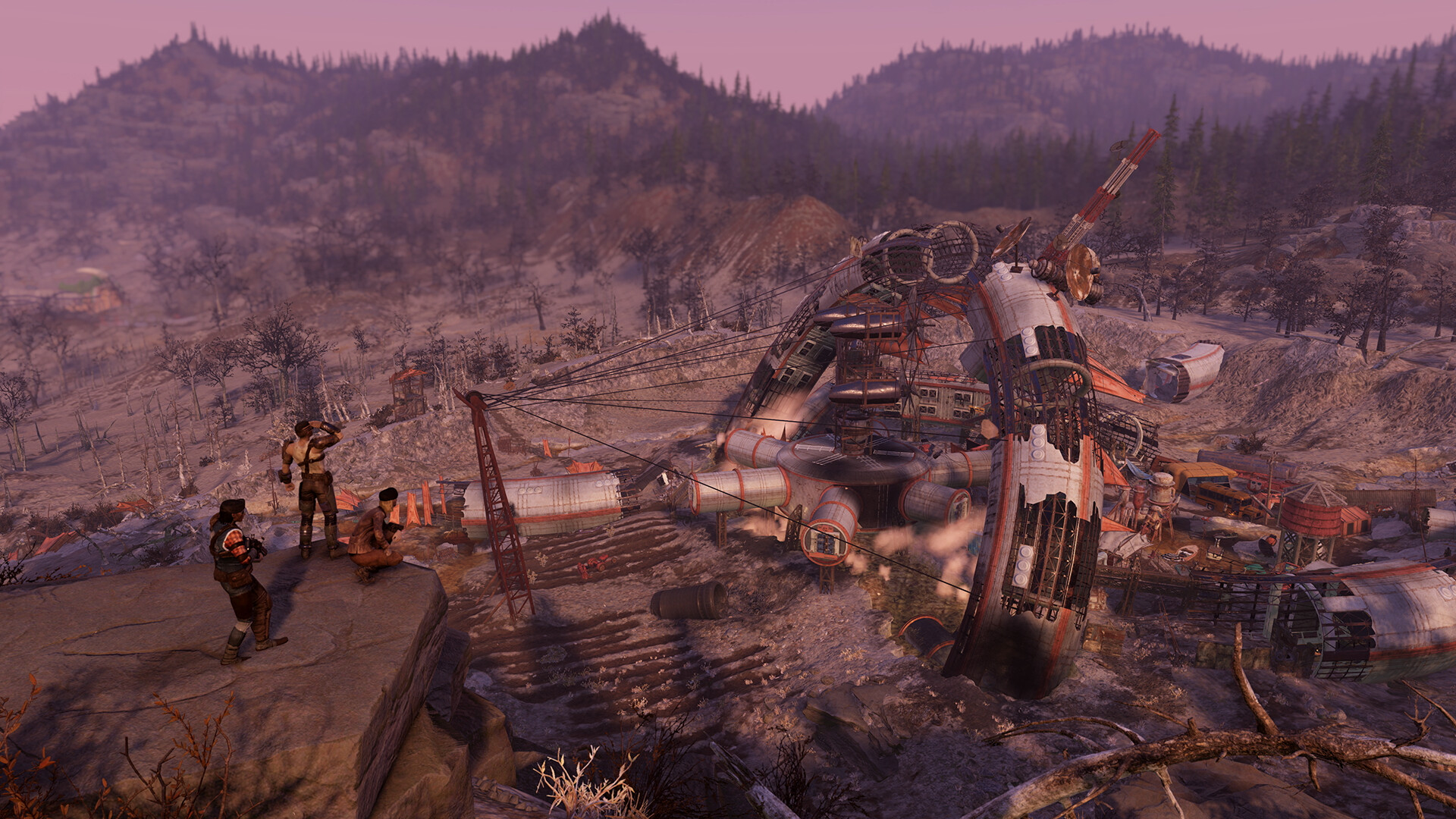
Finish Fallout 3 today, and you'll wake up two weeks after the events of the ending, ready to mop up Enclave loyalists alongside the Brotherhood of Steel. The original conclusion is a historical footnote. "Only people who played it at the time remember," Gardiner says. "For anyone who played after that patch came out, it isn't a thing for them."
There was a lot of behind-the-scenes fighting, I will be honest, about the PvP in particular.
Jeff Gardiner
Much later, after a long Bethesda career which included personally rebalancing Skyrim two weeks before it came out, Gardiner became project lead on Fallout 76. "It was weird," he says. "The project lead title didn't come until much later in the process. So I was still operating a large part of the time as lead producer."
The game's most infamous early design calls—namely, the decision to rid the West Virginia wasteland of living NPCs, and to splice Fallout with elements of the multiplayer survival genre—were mandated by Bethesda leadership. Gardiner's team had to make them happen. "The original vision of Fallout 76 was a very unique and neat idea," he says. "But people forget it had a lot of PvP in it. There was a lot of behind-the-scenes fighting, I will be honest, about the PvP in particular."

Gardiner was personally wary of the potential for griefing. "At first it was going to have everyone in PvP all the time," he says. "And I was like, 'It's great in theory, but in practice, there's going to be a bunch of angry 10-year-olds that are coming into this game, and their fun is ruining your day.'" Ultimately, Bethesda made scuffles with fellow players an opt-in activity.
But PvP was far from the only issue the Fallout 76 team had to figure out. Another was base building—a system already established in Fallout 4, which had to be reimagined for MMO servers. "We were always like, 'Which player is going to host this? Because eventually they're going to stop playing, and then I'm going to have to just redo this somewhere else,'" Gardiner says. "And so that's why I really liked the camp system. That's still one of my favourite things I had influence on."
As any Fallout 76 fan knows, your base travels with you between servers, appearing wherever you last constructed it. It's one of the game's great strengths, allowing you to make a corner of the wilderness your home. Yet camps were also marred by compromise. "It was very hard technologically to figure out, because whenever you drop complex structures randomly in an environment, that can affect rendering," Gardiner says. "You can affect somebody else's game."
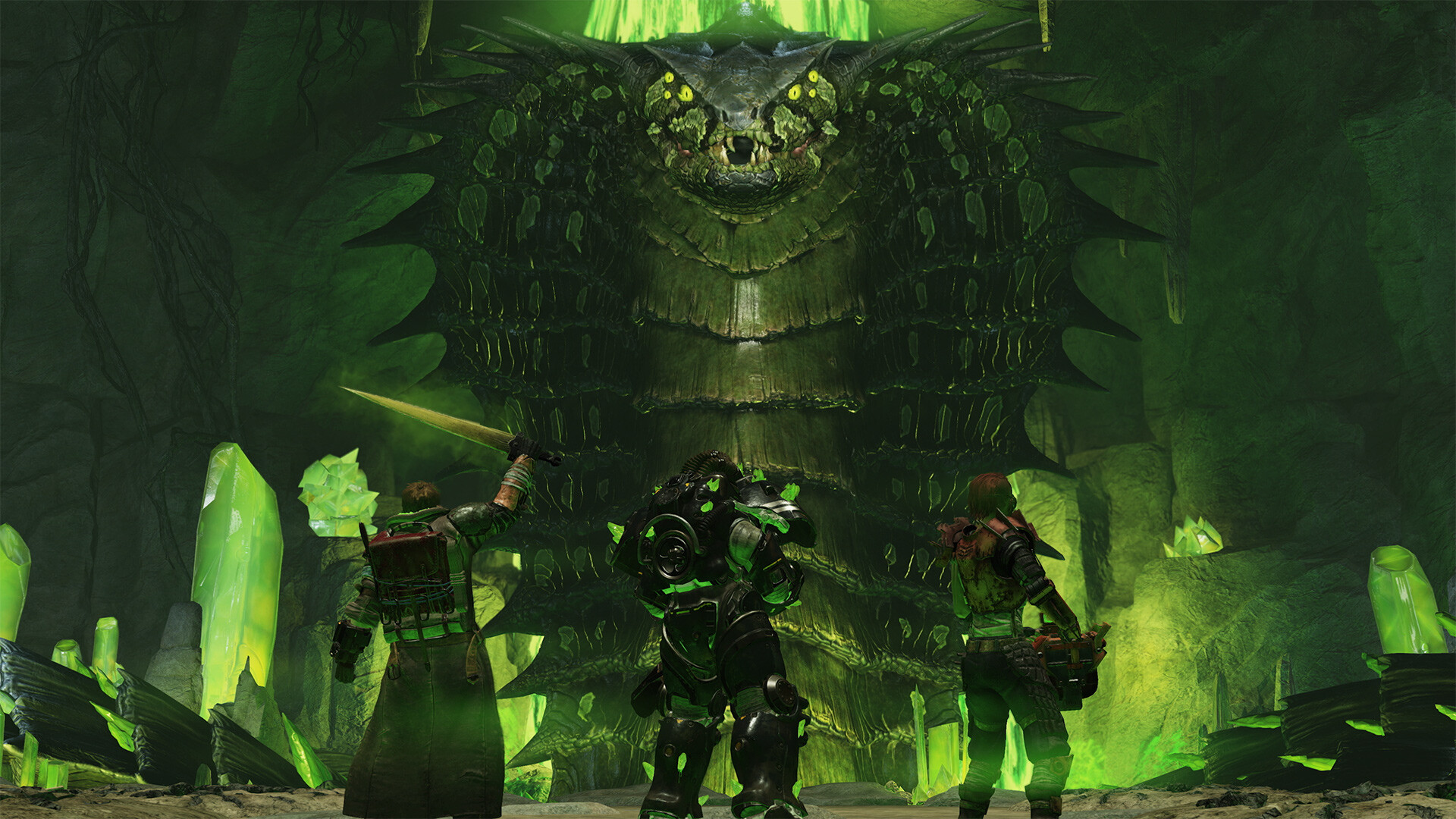
In Fallout 4, Bethesda's philosophy had been to let players trash their framerate with overambitious builds, if they wanted to. "But in 76 you're breaking everyone's game, right? Everyone who's with you." The solution was to place a hard limit on how much a player could plonk down, via a "weird" budgeting system. Not ideal.
More painfully, if a player logged in and found that somebody else had taken their usual spot, their camp was stored as a 'blueprint'. Hypothetically, these could be used to instantly rebuild a base somewhere else. Practically speaking, the uneven nature of West Virginia's terrain made that extremely difficult. "It sucked, because your camp wasn't there, and the blueprint system wasn't that great," Gardiner says. "And I'm putting it mildly. This is the danger of being both the producer and the creative lead, because you don't want a creative person thinking too much about budgets and schedules. Then they'll make decisions that aren't the best decisions."
In hindsight, Gardiner wishes he'd focused purely on leading the project creatively, and handed production duties off to someone else. But there were other challenges that extended beyond Bethesda's Maryland HQ. Fallout 76 was developed in large part by Bethesda Austin, the new Texas team which had joined the company after the cancellation of their Viktor Antonov arena fighter, Battlecry.
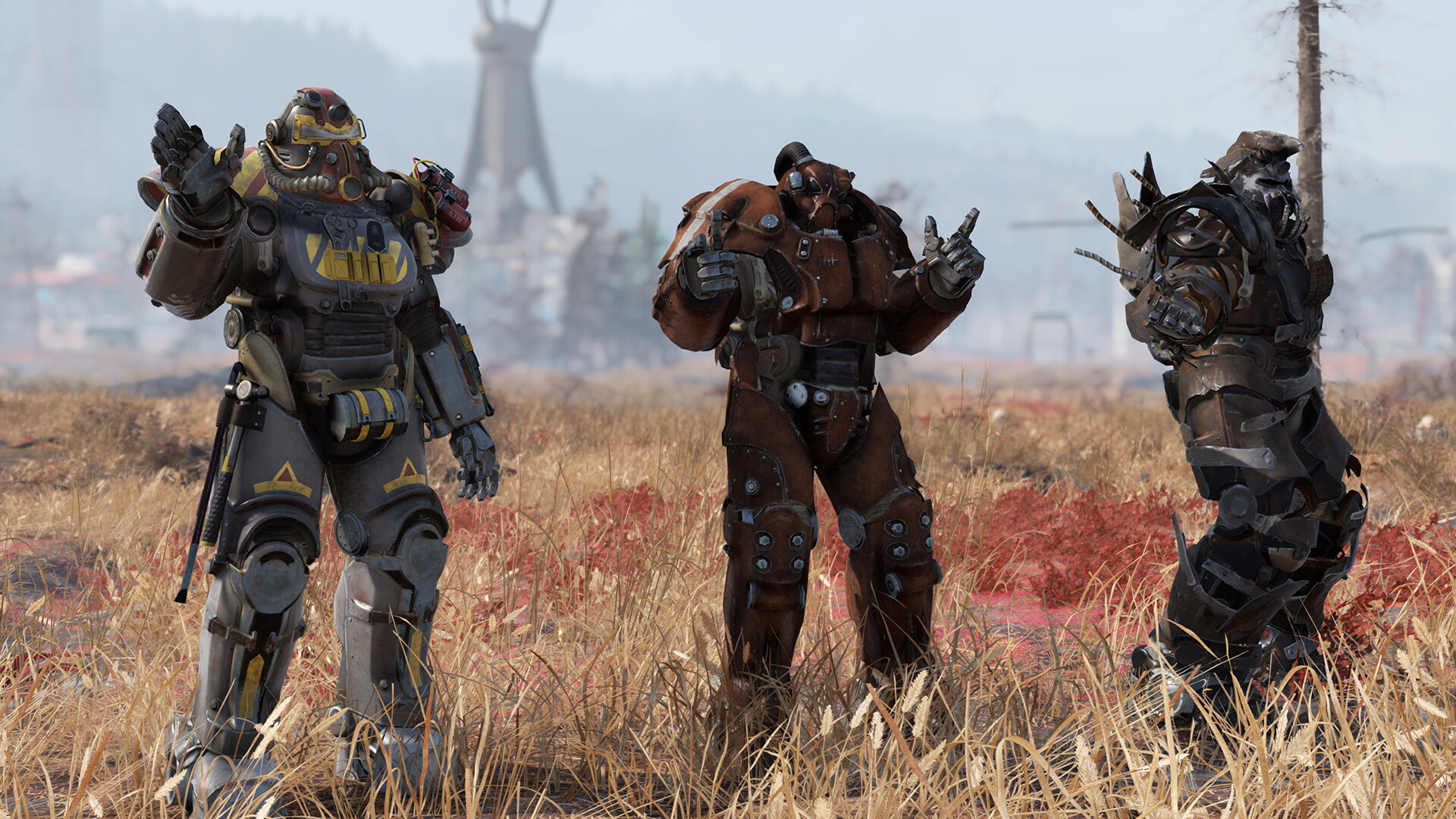
"It's difficult to establish trust," Gardiner says. "They were all new. And then we had the distance thing. So it was a very difficult project in a lot of ways. It was difficult because I had a lot of learning curves I wasn't familiar with at the time, like remote work."
It deserved all the criticism that it got, for sure.
Jeff Gardiner
In 2022, Kotaku published a damning report that detailed the human cost of Fallout 76. Sources alleged the project had been severely mismanaged, and that the existing multiplayer expertise of Bethesda Austin hadn't been fully utilised until after launch. Certainly, Fallout 76 released in a sorry state, with much of the public's unhappiness directed at bugs and the main questline—which told its story through holotapes and notes on corpses.
"You're asking players to either listen to things or read, neither of which they're really doing because they're running and shooting," Gardiner says. "The game had balance issues when we launched it too, bullet sponging problems. It deserved all the criticism that it got, for sure. It taught me a lot, as pain does."
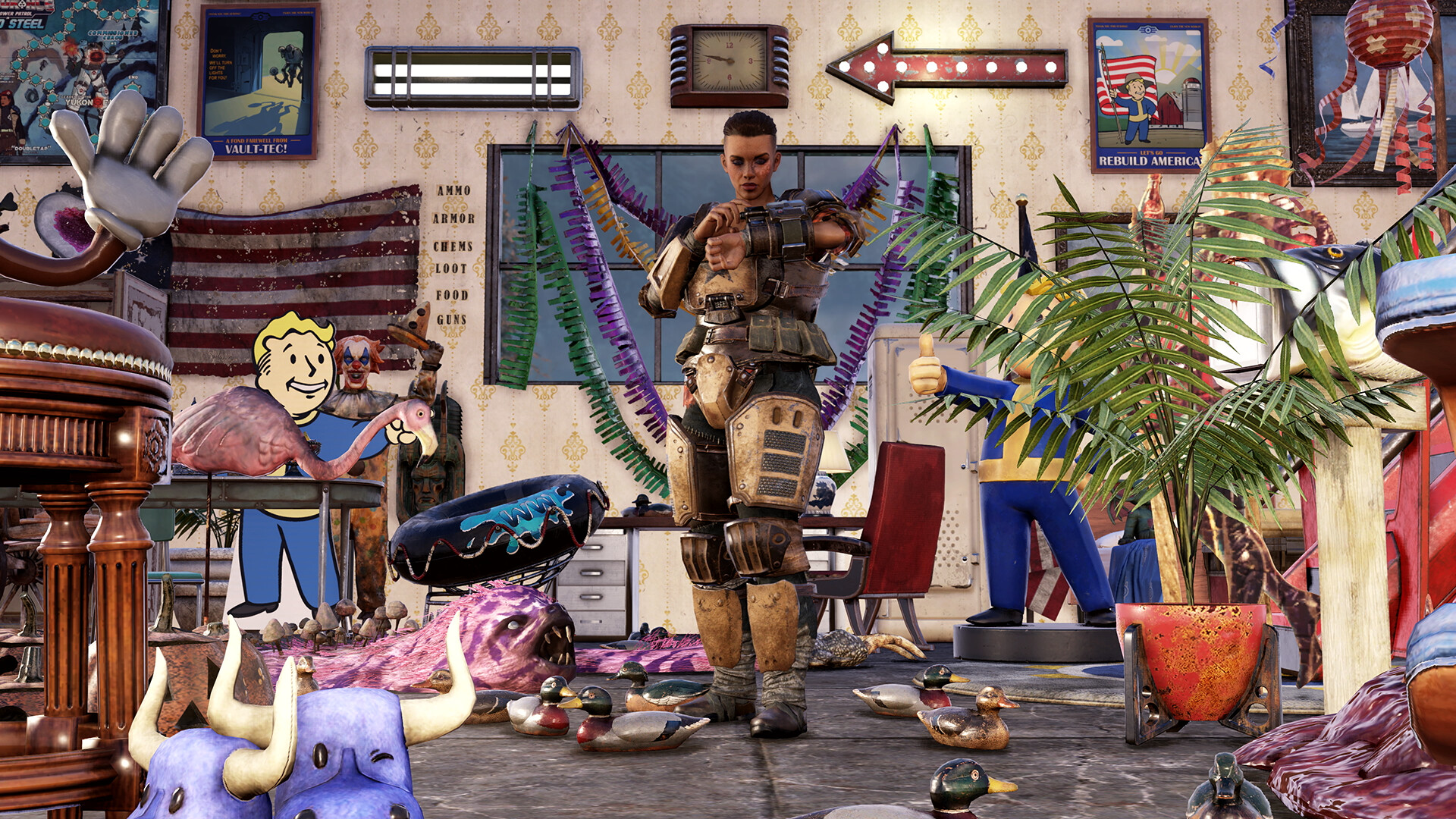
The overwhelmingly negative feedback had a deleterious effect on Bethesda's staff. "When you put a game out that's maligned, especially on a team that has had such success, the morale is doubly bad internally," Gardiner says. "I got yelled at in an Apple Store, I'll never forget." After launch, he considered it his job to ensure that the developers working on Fallout 76 liked the game themselves. He asked them for solutions, and tried to empower them to make those changes. "I thought that was really important."
The new approach—which contrasts notably with the mandates from on-high that had characterised early development—culminated in Wastelanders. The transformative update populated West Virginia with living NPCs and dialogue-driven questlines, in recognition of the fact that Bethesda had made a mistake. "We didn't have the simulation elements at launch, because it was all other players," Gardiner says. "And we didn't have the story. So you took out two elements of Bethesda games that made them Bethesda games."
Reversing the flow of Fallout 76 was no small feat. "The team in Austin and Rockville did such a good job with that," Gardiner says. "It wasn't just like dusting off the old tools from Morrowind and using them in 76, because we had torn it all out. It was a Herculean lift." At stake was not only the future of Fallout 76, but that of Fallout as a whole. "The negative sentiment was hurting the brand," Gardiner says. "There was a lot of pressure at that time, because it was the last thing we tried. I mean, we put a battle royale in. We made a lot of probably incorrect decisions in the year previous to Wastelanders, that actually continued to hurt it."

Mercifully, it was Wastelanders that marked the beginning of Fallout 76's turnaround. It restored confidence to a development team who, as Gardiner tells it, finally felt they could wear their Bethesda gear in public again. "That's what you finally saw in Wastelanders and then beyond: 'I am now proud that I'm working on this game. I don't have to hide the fact that I worked on it.'"
Gardiner has since left Bethesda to work on Wyrdsong, a new fantasy RPG that draws on all of his experience at Bethesda. Yet, despite the pain of Fallout 76's inception, he's proud too. "People always ask, 'What's your favourite game you've worked on?' Because 76 was such a difficult game and then it turned around to a successful game, it's actually probably my favourite."







